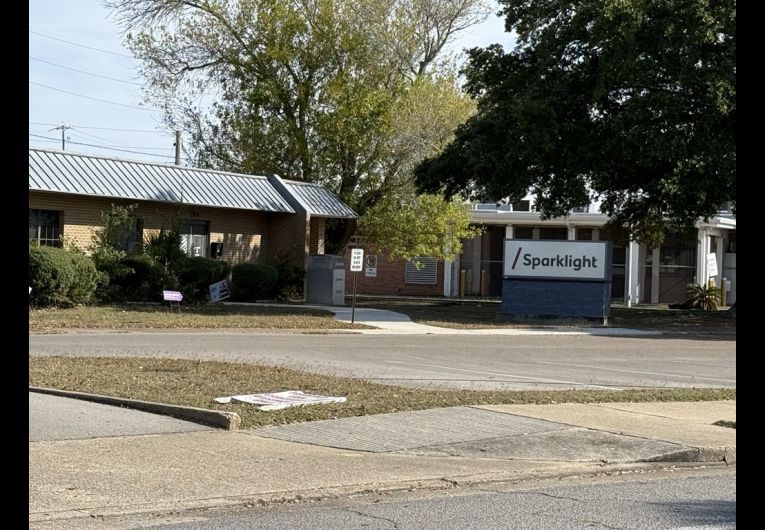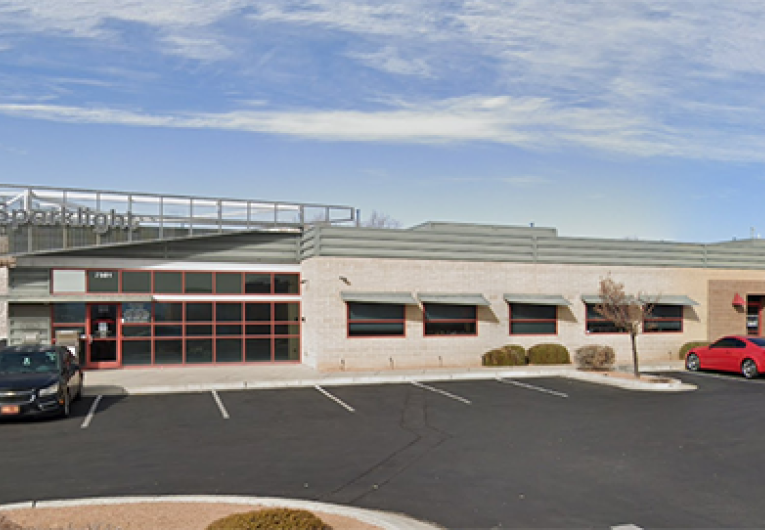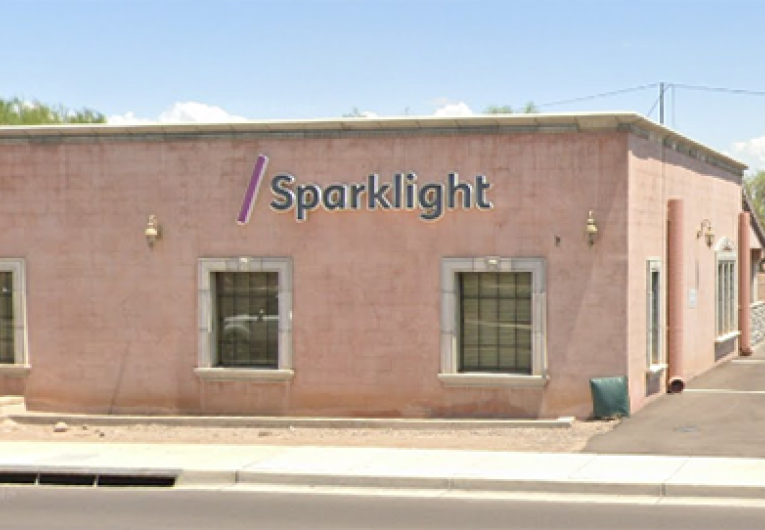
5 Broadband Internet Options for Rural Businesses
When it comes to internet access and broadband internet connections, rural areas are often at a competitive disadvantage. Many rural businesses find themselves relying on outdated technology, such as T1 lines. New investments in local communications infrastructure may seem far off and uncertain but isn't necessary true with many broadband providers investing heavily to bring broadband technologies to rural communities.
In the meantime, businesses need to compete and serve customers. And that means knowing your options – even if they’re limited – and choosing the right rural business broadband connection for your company. Here are 5 options to consider for your rural business:
1. T1 Line
Many small and medium sized businesses in rural areas rely on T1 lines from their telephone company for internet access.
Pros – It’s a dedicated, copper line and extremely reliable. Plus, it’s considered a business line, which means the telephone company will treat it as a service priority whenever problems occur.
Cons – It’s slow. Expensive. And many phone companies are no longer selling or supporting T1 lines. When it comes to speed, a T1 line is a steady 1.54 Mbps. You can have your telephone company bundle multiple T1 lines to achieve speeds around 5 Mbps. But a single T1 line can run $250 per month. Bundling three of them to achieve a meager 5 Mbps can cost $600 to $750 per month for internet access.
2. DSL
Another and perhaps better option for rural business internet from your telephone company is a Dedicated Subscriber Line (DSL).
Pros – Faster than a T1 line, DSL provides speeds of 3 to 20 Mbps and in some cases up to 40-100 Mbps for businesses close to the phone company's switching office. Plus, it’s much cheaper than a T1 line. Monthly fees vary, of course, but your fee may be comparable to what you’d expect to pay for home internet service.
Cons – While DSL provides a dedicated line from your business to the phone company’s central hub, from there it’s a shared service. So speeds can slow at peak volume hours. Plus, DSL does not normally receive business priority servicing when problems occur. It’s considered a general consumer line.
3. Cable Broadband
You can also get rural broadband options for your business through your cable company, utilizing the coaxial cable lines already installed in most business locations.
Pros – Faster than both T1 lines and DSL, cable offers an easy way to get your business the broadband access it needs. With the installation of a cable modem, you can quickly be up and running with 10 Mbps and faster speeds as high as 1 Gbps in some communities. Plus, your monthly fee would be comparable to that for DSL for similar speeds.
Cons – Your rural broadband connection will be a shared line, meaning speeds may slow during peak volume hours.
4. Fiber
Fiber-optic cable has not been run in every rural market or business district but rural fiber internet is more widely available than it has been in the past.
Pros – Speed and reliability. Fiber provides broadband speeds up to and beyond 1 Gbps. Because fiber-optic cable uses light instead of electricity to transmit data, it is less susceptible than DSL and cable to power outages or power surges. Fiber can also provide a dedicated line for your business, protecting you from the potential “peak hour” inconvenience of a shared DSL or cable line.
Cons – Fiber is going to be more expensive than both DSL and cable but you are typically paying more for truly dedicated internet access. You can mitigate your costs, though, by purchasing a bundled package (voice, video and data) at prescribed speeds and committing to a multi-year contract.
5. Other Options
If your business happens to be located in a remote rural area without telephone, cable or fiber-optic lines, you may still be able to get rural high speed internet access.
A wireless broadband internet connection may be an option. It uses a radio link to connect your computers – via an antenna – to a rural internet provider’s tower and then to the internet.
The antenna needs to have “line of site” to the high-speed internet provider’s tower to be effective. Hills, trees and weather can get in the way. But under the right circumstances your speed would be comparable to DSL.
Learn more about your options by talking with a Cable ONE Business representative at 855.873.9596.
The trends, insights, and solutions you need to grow your business.
By signing up, you’re subscribing to our monthly email newsletter, The
Wire. You may unsubscribe at any time.
Your information stays safe with us. Learn more about our privacy
policy.











![[#MSP_NAME#] Logo](/themes/sparklight_business/images/transition-logos/migration-banner-logo-[#MSP_CD#].png)
